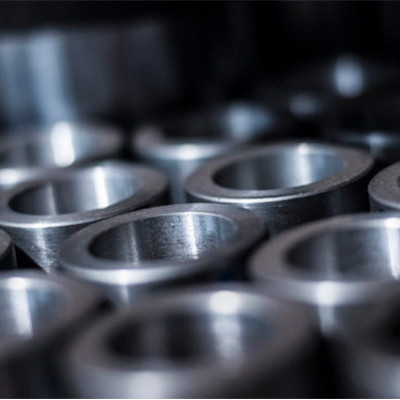Plastic Injection Molded Parts Quality Control 100% Inspection
100% plastic Injection molded parts quality inspection methods
In China,Whether produced after injection products meet quality standards, must be tested, a common quality test methods are the following few ways.
injection molded plastic in china
injection molded parts inspection in china
full inspection
It was called full inspection is individually tested for injection products, we have talked about “full” refers to the number of all the plastic parts produced, rather than the entire value of the quality characteristics tested. In determining the test items,Test costs are generally low, the implementation of all product inspection is to have a higher quality requirements.
Such as plastic parts Dimensions test is easier and can be fully tested, and the requirements of the position and some plastic parts crucial, a great impact on the quality, but also the need for full inspection. Not plastic parts for each test must be carried out in full, as it cost too much time-consuming and laborious. Usually occurs when the following conditions using full inspection.
1) found that more unqualified plastic parts, plastic parts or the whole batch are unqualified, the need for follow-up products for full inspection.
High single value
2) injection products, even when a scrap will bring great losses.
3) If the product quality problems, give people life safety or safety hazard when great.
Injection molded plastic sampling inspection
The so-called sampling inspection,, is from a group of randomly selected plastic part of the test conducted. By this test section of plastic parts extracted to make the evaluation of quality of these plastic parts. Compared with the full inspection sampling inspection, it tested a small number of plastic parts, low-cost test, test speed. Sampling inspection and batch size of the number of samples, volume, sample quantity; small quantities, less sampling; as long as the appropriate number of samples, the test results have a high accuracy. Usually by random checks in the following cases.
1) Some of the Injection molded plastic parts that mechanical and physical properties need to destructive testing, this will bring damage to the plastic parts.
2) more than the mass production of plastic parts, plastic parts produced quantity particularly large, want to save test time and test costs.
3) the production of raw materials in Injection molded plastic parts, there are a lot of raw material is powdered, granular or liquid form, the raw material for these multi-use sampling. Compared with the full inspection sampling inspection, although there are a small number of test and low test cost advantages, but also the following problems: First, when the second installment of the plastic parts, even after sample testing has been considered qualified, can not believe that this batch of plastic parts plant each plastic parts are qualified, which may also exist a very small amount of non-conforming product. Second, the sample tests will inevitably appear judgmental errors, this is the vast majority of qualified products, due to sampling bias, but judged unqualified; or could have been substandard goods, has become qualified. Therefore, in order to determine the probability of error is controlled within a reasonable range, often need to coordinate the use of mathematical statistics methods.
In short, the full inspection and sampling test has its own characteristics, and applications and problems also vary, depending on the circumstances test methods should be chosen to adapt. Mostly due to the injection mold products for mass production, it is more to take sample tests
Machine Inspectioninjection molding molded plastics inspect
Parts are initially inspected directly out of our molding machine. Our engineers are trained to identify and rectify the following defects:
Sink marks that form when the outer plastic shell hardens before the internal plastic has had an opportunity to cool
Short shots caused when there is an inadequate amount of plastic material to fill the mold
Burn marks caused by trapped compressed air during the molding process
Flash marks, which is the excess plastic that extends from the end of the molded part.

